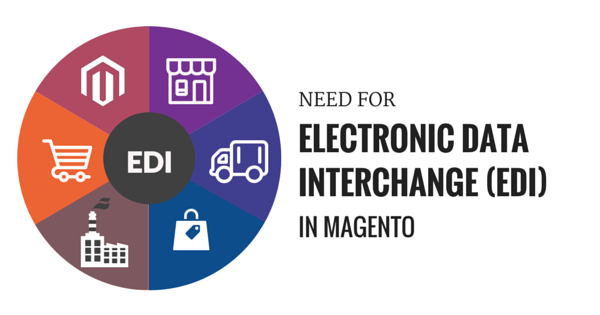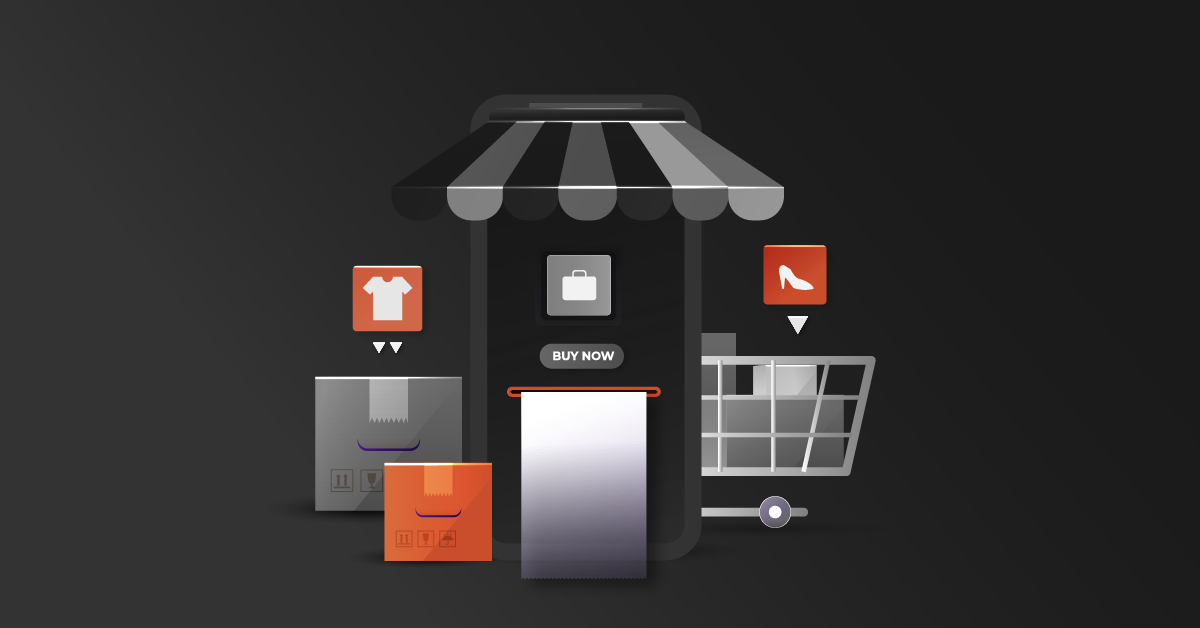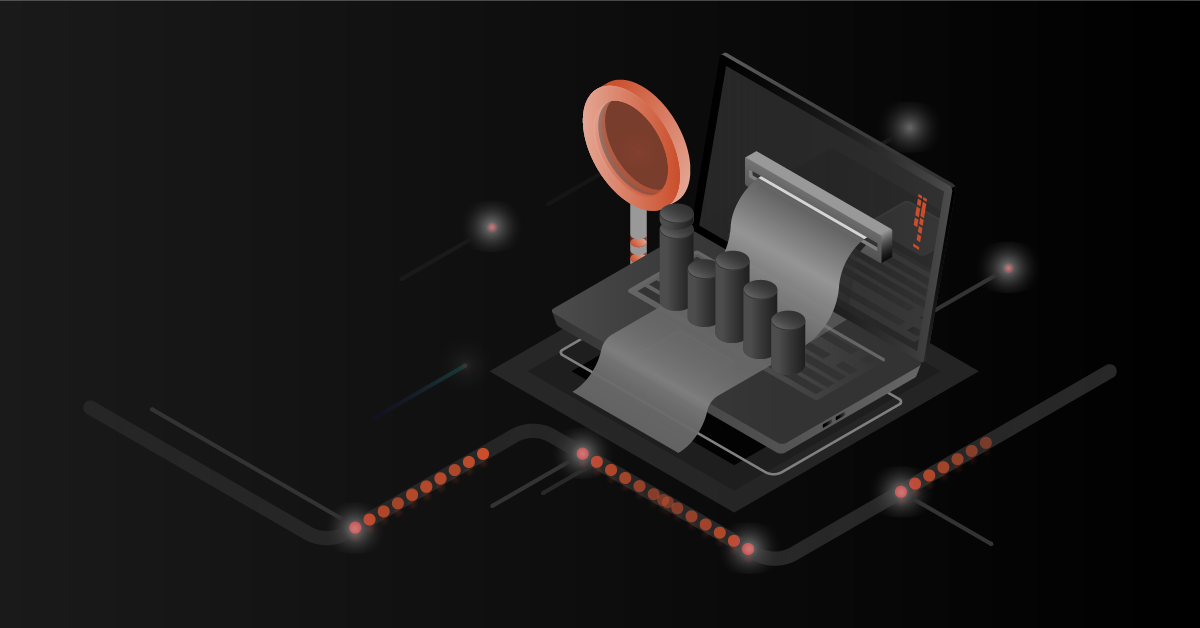Modern software systems are complex and are interconnected with multiple sub-systems. A sub-system may be different from the current system or may be owned by another organization. If any one of the subsystems fails, the entire system could collapse. This is a major risk and can be avoided by end-to-end testing.
What is End-to-End Testing?
End-to-End testing verifies the complete system flow. It increases test coverage on various sub-systems. It helps to detect issues with sub-systems and increases the confidence in the overall software product/websites.
End-to-End testing helps ensure accurate functioning of the application by testing it at all the layers, right from the front-end to all the way through the back-end, its interfaces, and final endpoints.
Apart from these, there are several other benefits of performing end-to-end testing.
- Ensures Complete Health of the Application
- Reduces Future Risks
- Decreases Repetitive Efforts
- Reduces Costs & Time
Also Read: Ecommerce Automation Testing
Significance of End to End Testing in E-commerce
Unlike other websites, e-commerce websites require extra attention to ensure they perform seamlessly on customer’s side. Since, these online stores and websites get updated frequently, sometimes several times in a day, for e.g. when a new product is added or when some promotions are introduced, it becomes extremely difficult to verify the performance by just testing the front-end or functional elements.
For this, it becomes necessary to test back-end processes and functional flows along with UI and functional elements, which is addressed as end-to-end testing.
Here are some of the essential things we need to keep in mind while performing end to end testing for E-commerce websites.

1.Testing the complete Front end
Front-end is the heart of any application and seamless experience for users can be guaranteed by testing the functional front-ends. Testing front-ends include verifying visual elements, usability, and accessibility across multiple platforms
2.Testing of Integration Layer
Integration plays a key role in the overall functioning of an eCommerce website. We know, every eCommerce website has a number of integrations running across different layers and sub-systems which support website information delivery. Hence, it is important to test the operability of these integrations and middleware layers which cover the following:
- Integrating Shopping carts
- Standards for data transfer
- Payment server
Further, automating end-to-end testing allows you to quickly respond to changing business needs and adds greater agility to the entire testing project.
Web sites being the gateway to any business, it is essential to check key aspects like network, technology, tools, etc., to provide the right buying experience.
3.Testing the Back End
The front end is more visible to the outside world, but events running in the back end are much more complicated, and the front end couldn’t function without it.
For an e-commerce site “Taking a customer’s order” is just the first step in a series of events which ends with “product delivered to the customer”.
This series of events is commonly known as Order Processing, Order Fulfilment and even Enterprise Resource Planning (ERP). We need to ensure the order flow is working without any flaws.
Having the ability to facilitate two-way eCommerce integration between your back-end software and your desired eCommerce platform, whether that is Magento, Shopify, or one of the many others, will conveniently allow for live up-to-the-minute updates of inventory levels, orders, shipments, payments, product descriptions, price, product import/Export, promotion rules and other valuable information.
End-to-End Testing Reduces Risks
“Good testing involves balancing the need to mitigate risk against the risk of trying to gather too much information” Jerry Weinberg
Major risks can be avoided and controlled by end-to-end testing:
Some of the risks that can be avoided are…
- Keep a check and perform system flow verification.
- Increase the test coverage areas of all the sub-system involved with the software system.
- Detects issues, if any with the sub-systems and thus increase the productivity of the whole software system.
End-to-End testing performs a very important role as it tests the entire application – the front end, the middle layer, and the back end along with the network communication, database interaction etc, thus simulating the live environment.
By validating the main software as well as all the interconnected sub-systems end-to-end testing plays a crucial role in eCommerce too.
References
http://www.guru99.com/end-to-end-testing.html
http://www.360logica.com/blog/how-to-ensure-end-to-end-performance-of-your-e-commerce-website/
http://www.thinksys.com/manage-test-data-in-end-to-end-test-automation.shtml




